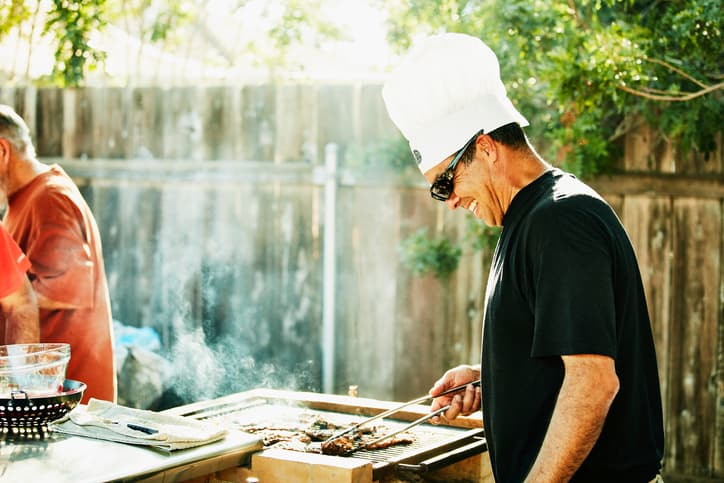
Thomas Barwick/DigitalVision/Getty images
How to Become a Green Grill Master
Learn which grills and fuel sources are best for the environment.Written by Dominique Sabins
Edited by Jamie Cesanek
Last updated 10/03/2024
Written by Dominique Sabins
Edited by Jamie Cesanek
Last updated 10/03/2024

Thomas Barwick/DigitalVision/Getty images
Enter your ZIP code to get started